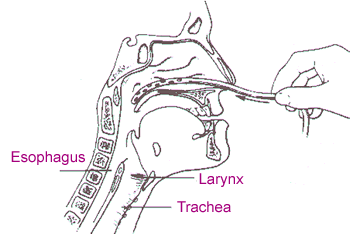The immediate aims of an acute soft tissue injury are to: Reduce pain/metabolic demand of tissues, limit/reduce inflammatory exudate, promote new tissue growth, protect newly forming tissue from disruption, maintain general levels of musculoskeletal/cardiorespiratory health (e.g. cycling/swimming). Cold therapy would come under the 'I' in P.R.I.C.E.D (protect, rest, ice, compression, elevation and the optional 'D' for drugs as in NSAIDS).
Application guidelines
10-20 minutes
Repeated every 2 waking hours over the acute/sub-acute stages
NB: This is dependant on the area injured (depth of tissue and how vascular it is). Ice can be used in any stage of the recovery but it's during this period that you'd generally apply it.
Contraindications
- Raynaud's disease
- Severe diabetes
- Cardiac problems
- Circulatory problems
- Elderly patients
- Radio/chemotherapy
- Hypersensitivity (hyperesthesia)
Beneficial physiological effects:
- Vasoconstriction reduces excessive bleeding into the site of injury site and therefore swelling. Excessive accumulation of swelling (oedema) can cause secondary hypoxic injury.
- Reduces pain (via non-noxious adelta synaptic inhibition)
- Reduces muscle spasm
- Lessens risk of cell death by reducing metabolic rate
CONTRAST BATHING
Application guidelines
To be used during the sub-acute/chronic stages of soft tissue injury (NOT acute)
 Showers: 1 - 2 mins hot followed by 1 - 30 secs cold (x 3 repetitions)
Showers: 1 - 2 mins hot followed by 1 - 30 secs cold (x 3 repetitions) Baths: 3-4 mins hot followed by 30-60 secs cold (x 3 repetitions)
Early sub-acute: Begin with cold 3-4 mins then 1 min hot (repeat x 3 finishing on cold)
Durations of each phase can be altered depending on stage of healing (e.g. early or late sub-acute) but the basic aim is to reduce the cold and increase the hot (finishing on cold).
"As hot as you can bear and as cold as you can make it!"
How does it work?
The alternating of hot and cold temperatures aids the healing process by stimulating vasoconstriction/dilation which causes an increased peristaltic action (smooth muscle pump) flushing out waste products and aiding the transportation of nutrients and oxygen to the area. The changes in temperature have to be dramatic enough to achieve this effect i.e. cold in the range of 12-15 degrees and hot between 37-43 degrees.











